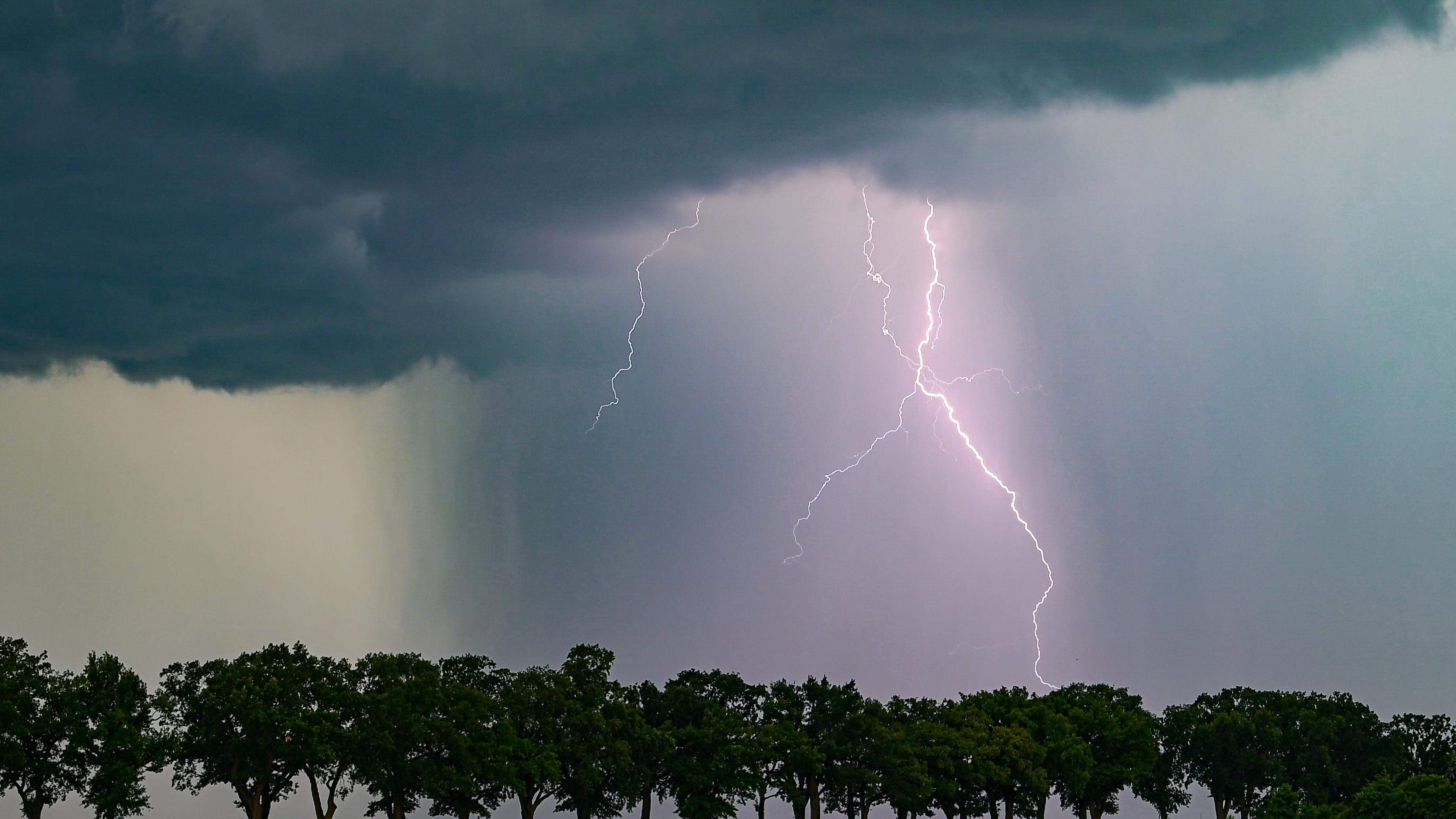After the blackout is time to do ‘balance’

Just over a month ago, the Iberian Peninsula was dark. The causes of blackout remain in the secret of the gods, although Spain continues to investigate the incident and have already revealed that there were three flaws in the electrical system seconds before the power cut. However, it continues without moving forward with an explanation for this energy collapse.
Brussels proved to be available to help investigate the causes of Iberian blackout, but while there is no certainty about what happened, the European Commissioner with the Energy Folder, Dan Jordensen said that it is possible to take some lessons from this failure in the Iberian system, arguing that one is necessary «True Energy Union»Hence consider that it is urgent to invest in greater integration, interconnections and modernization of the network.
At the same time, he announced that at the beginning of next year a legislative proposal will be launched to review the supply security framework. The goal is to reflect on the role that flexibility and storage will have in the system and analyze, as well as reflect on physical and cyber threats.
Here, Ren and E-Redes have already delivered the report on the electric blackout that occurred at the end of April to Erse and the two companies enjoy this «Report to request the classification as an exceptional event (EE)».
According to the regulator, the incident can only be considered exceptional as long as it cumulatively complies with four criteria: low probability of occurrence of the event or its consequences, provided that it causes a significant decrease in the quality of service provided, that is unreasonable, in economic terms, that network operators prevent the entire consequences and that the event and its consequences are not imputable to network operators.
Admittedly, starting costs have already been known. «Blackstart service contracts (system that allows when there is no power in the network and no voltage in the network can start the generators) with these centrals were celebrated by assuming a cost by the autonomous starter service of about 240 thousand euros per year, in the case of a goat castle and 8,200 euros by starter, which adds the gas consumed at the case of the hood..
To avoid future episodes, ERSE’s president has already defended the need to reinforce the resilience of the Iberian electrical system, with concrete prevention, mitigation and large -scale failure response. And although it recognizes that electrical systems are prepared to resist various extreme events, it says that when several unlikely failures occur simultaneously, it becomes « Almost impossible to avoid a supply failure », Recognizing that it was not assisted for a blackout with this magnitude for over 40 years.
Spain’s weight
For some experts contacted by Sunrise, the Iberian Energy Market – which started July 1, 2007, with the creation of the Iberian Electricity Market (Mibel) – showed our dependence on Spain. «The situation is not normal. REN provides a public service and when you close firm powers, which are those that can be regular, we are much more exposed. Importing a third of Spain is a great vulnerability, one can import from Spain but it has to be security, which did not happen because the system fell round to the ground as soon as the Spaniards collapsed, it was as if we were a province of Spain »confessed a source linked to the sector.
This dependence, according to it, began in 2021 with the closure of the coal centers of Sines and the Pego. « If we have a system that is basically based on intermittent, such as solar and photovoltaic, if suddenly there is any oscillation and needs to recover, the photovoltaic and solar no longer give because there will be no more sun or more wind. »says.
Different opinion has Luís Mira Amaral. «Mibel makes perfect sense and makes every sense we import electricity from Spain, whenever the price of imports is lower than the variable cost of the centrals we had to work if we didn’t matter. What we need is to have the Iberian network prepared, what was not, as well as the Portuguese network prepared to be able to respond in isolation if there is an accident in Spain and that can happen again», He stressed to our newspaper.
Renewable guilt?
Admittedly, renewables are increasingly weight in energy production. Data from the Renewable Energy Association (APREN) show that, between January 1 and April 30 this year, 18 472 Gigawatt-Hora (GWh) of electricity in mainland Portugal, of which 82.2% were renewable origin. In April alone, they were responsible for more than 83% of the energy produced.
Data that leads to Portugal to remain as the 3rd European country with the highest renewable incorporation in the generation of electricity. Norway (97.2%) and Denmark (83.3%) lead the Ranking.
Regarding prices, in this same period, the average time recorded in the Iberian Electricity Market in Portugal represented a 91.1% increase over last year’s same period. And in the first four months of the year 997 non -consecutive hours were registered when the renewable generation was sufficient to supply the electricity consumption of mainland Portugal. According to the same data, renewables allowed an economic savings of 878 million euros into energy imports, divided between natural gas (439 million) and electricity (439 million). To the SunrisePedro Amaral Jorge. President of the Portuguese Association of Renewable Energy (Apen) says that Portugal has three major sources of renewable energy: water, wind and solar photovoltaic that, according to the National Energy and Climate Plan, should increase its weight. «The expectation we have in terms of energy matrix is to have approximately one third of each and thereby represent about 85% to 90%. And then incorporate bioenergy from waste and biomass. We also have geothermia zones, such as the Azores and, of course, there may always be a technological evolution that brings us systems that obtain their electricity from distinct sources from those we have known »but states that «The massification we will have in the next 15, 20 years has been clearly in the Solar, Photovoltaic, Wind onshore and offshorealways being complemented by water ».







